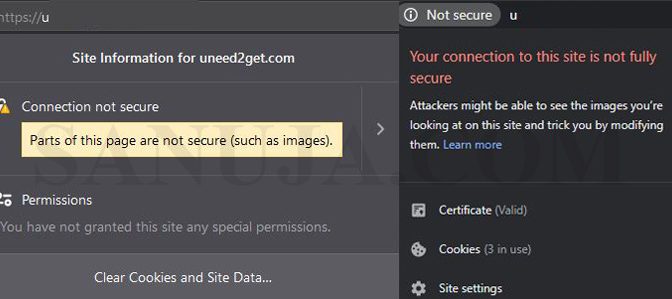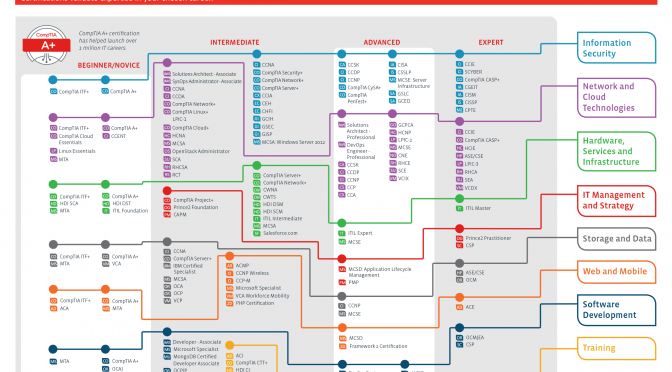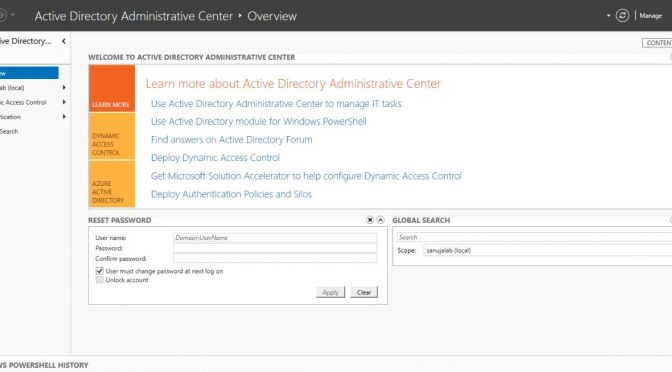Google has announced that implementation of TLS (SSL) certificates benefit the web site owners and can boost SEO ranking of your website. Secure Sockets Layer (SSL) is the predecessor to Transport Layer Security (TLS). It is a misnomer that people call SSL and TLS are interchangeable. Simply put, as a website owner, what you should care about is that your website requests are served in HTTPS (port 443) rather than HTTP (port 80) with a valid certificate.
Category Archives: Computer Science
Computer Science (CS) and Information Technology (IT) related items will be posted under this category. Topics include, but not limited to, system administration, hardware/software troubleshooting, coding/programming (PHP, HTML, Java, Python, etc) and more.
Redirect Domain to Include or Exclude www
This guide is based on the .htaccess file which is a directory-level configuration file supported by several web servers such as Apache web server. It is used for configuration of website resources such as URL redirection, URL shortening, access control, and more. The ‘dot’ before the file name makes it a hidden file in Unix-based environments. You can read more about this file at Wikipedia.
Using the .htaccess file in the main domain directory, you can either redirect all requests to sanuja.com or www.sanuja.com. This type of redirection is known as a HTTP 301 redirect.
CompTIA Exams Guide
Please note this is not an all-inclusive exam guide. This will not replace your study guides and textbooks. While every effort is made to ensure that the content of this website is accurate, the data is provided “as is” and is not intended to be used as a replacement for professional educators. Sanuja Senanayake makes no representations or warranties in relation to the accuracy or completeness of the information. Use the materials at your own discretion. Continue reading CompTIA Exams Guide
How to install Active Directory Domain Services
Active Directory Domain Services (AD DS) is also known as a domain controller. It allows network and IT administrators to manage resources across multiple client terminals. In this article, we will look at how to install AD DS on a Windows Server 2019 (Datacenter Edition) in a few simple steps.
The following guide is based on Windows Server 2019. However, the process is very similar (same) on Windows Server 2012 and 2016 editions. Continue reading How to install Active Directory Domain Services
How to Update emergency Alerts on Android device
The emergency alerts system is a useful feature on most smart devices with a SIM installed. Some government agencies can access the system even when you do not have a SIM installed on the device. The system is used to push notifications (alerts) on unforeseen extreme weather conditions, natural disasters to Amber alerts (missing children). I do not promote the idea of disabling alerts, but if for whatever personal reasons you would like to disable it, you can do it on most current Android devices. The following guide is based on Samsung One UI 1.0 but it is applicable for other devices. If you do not have a Samsung device, the settings for changing the behavior of emergency alerts can be found under general system settings. Type “emergency alerts” on the settings search bar. Continue reading How to Update emergency Alerts on Android device




